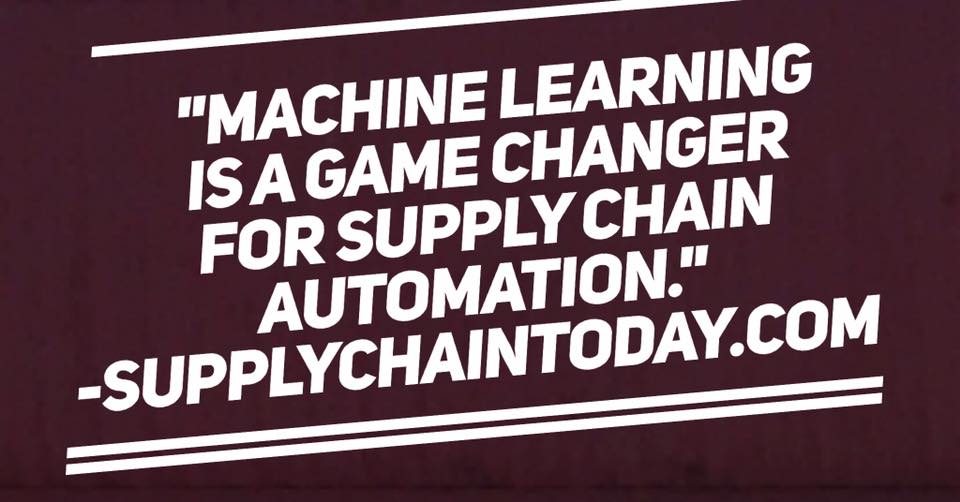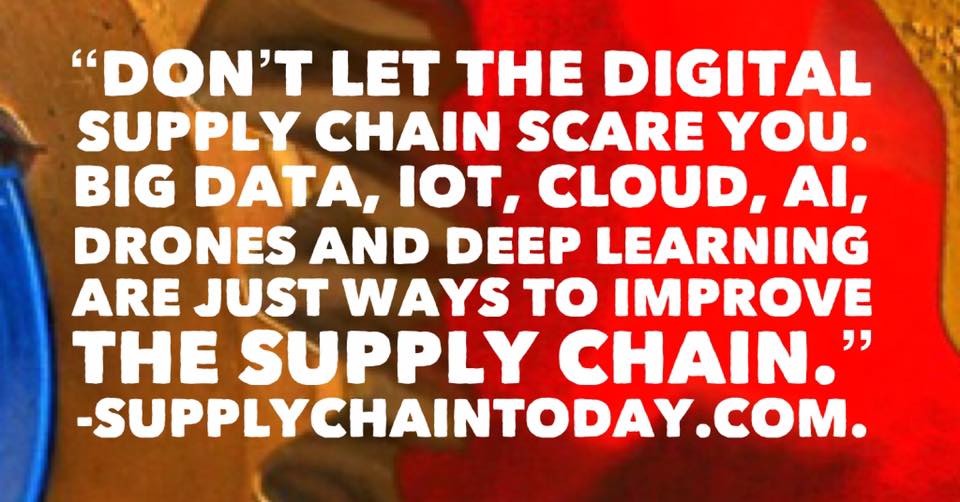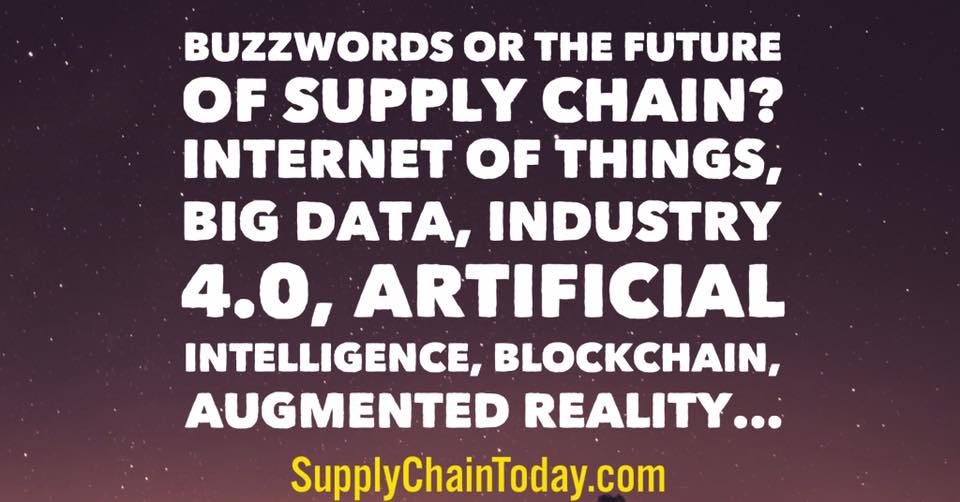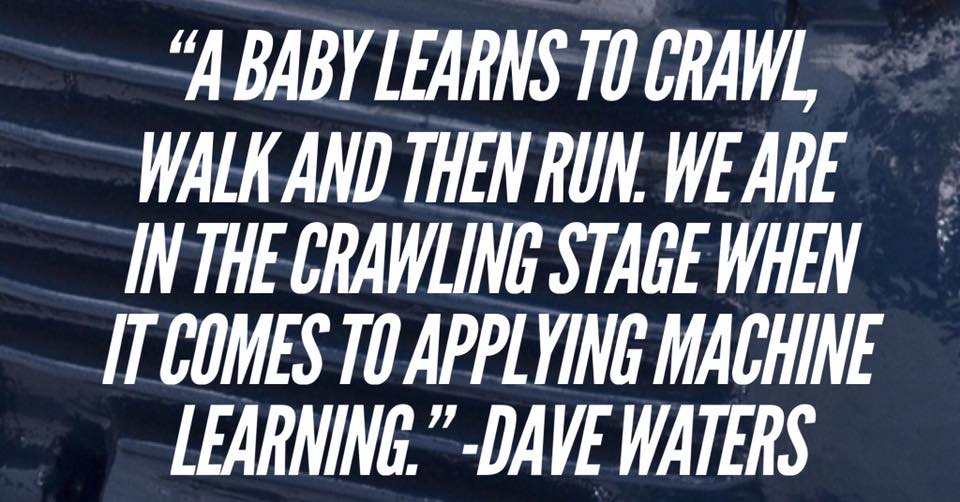Digital Supply Chain Basics – IoT, Big Data, Machine Learning…
There are several reasons why technologies such as the Internet of Things (IoT), big data, blockchain, Industry 4.0, artificial intelligence (AI), machine learning, and augmented reality (AR) are important to the supply chain:
- IoT: The IoT refers to the network of physical devices, vehicles, buildings, and other objects that are equipped with sensors and other technologies that enable them to collect and exchange data. In the supply chain, IoT technologies can be used to track the movement of goods, monitor the condition of equipment, and optimize routes and schedules.
- Big data: Big data refers to large sets of structured and unstructured data that can be analyzed to reveal patterns, trends, and associations, especially relating to human behavior and interactions. In the supply chain, big data can be used to improve forecasting, optimize inventory levels, and identify bottlenecks and inefficiencies.
- Blockchain: A blockchain is a decentralized, distributed database that is used to record transactions in a secure and transparent manner. In the supply chain, blockchain technologies can be used to improve traceability, reduce fraud, and increase transparency.
- Industry 4.0: Industry 4.0 refers to the fourth industrial revolution, which is characterized by the integration of advanced technologies such as AI, the IoT, and big data into manufacturing and other industries. In the supply chain, Industry 4.0 technologies can be used to automate processes, improve efficiency, and reduce costs.
- AI: Artificial intelligence refers to the ability of computers and machines to perform tasks that would normally require human intelligence, such as understanding language, recognizing patterns, and learning from data. In the supply chain, AI technologies can be used to improve forecasting, optimize routes, and automate tasks.
- Machine learning: Machine learning is a type of AI that involves training algorithms to recognize patterns and make decisions based on data. In the supply chain, machine learning can be used to improve forecasting, optimize routes, and identify trends and patterns.
- AR: Augmented reality refers to the overlaying of digital information on the real world, often through the use of wearable devices or smartphone apps. In the supply chain, AR technologies can be used to improve training, maintenance, and repair processes.
Overall, these technologies can help improve the efficiency, accuracy, and transparency of the supply chain, leading to cost savings and improved customer satisfaction.
Here are a few videos on the basics of various technologies in the digital supply chain. Some of the technologies include Internet of Things (IoT), Big Data, Blockchain, Industry 4.0, Artificial Intelligence, Machine Learning, Augmented Reality… If you already understand the basics click into the videos and you will find links to more advanced information.
- Artificial Intelligence and Machine Learning Basics. Five minute video.
- Big Data Analytics for supply chain beginners. Two minute video.
- Blockchain and the Internet of Things (IoT) explained. Two minute video.
- DHL makes augmented reality a standard in logistics. Three minute video.
- Internet of Things IoT Logistics: Connected World. Seven minute video.
- IoT Supply Chain Management. Five minute video.
- Logistics IoT. The Logistics Internet Explained. Four minute video.
- Understand the Blockchain in Two Minutes. Two minute video.
- What is blockchain? Two minute video.
- What is Machine Learning? Two minute video.
“Be a supply chain innovator. Research Internet of Things (IoT), Machine Learning, Deep Learning, Big Data, Blockchain, Drones, Augmented Reality, Artificial Intelligence…” ~EverythingSupplyChain.com.

“Machine learning is a game changer for supply chain automation.” ~SupplyChainToday.com

“Don’t let the digital supply chain scare you. Big data, IoT, cloud, AI, drones and deep learning are just ways to improve the supply chain.” ~SupplyChainToday.com.

“Buzzwords or the future of supply chain? Internet of Things, Big Data, Industry 4.0, Artificial Intelligence, Blockchain, Augmented Reality…” ~SupplyChainToday.com

“A baby learns to crawl, walk and then run. We are in the crawling stage when it comes to applying machine learning.” ~Dave Waters
